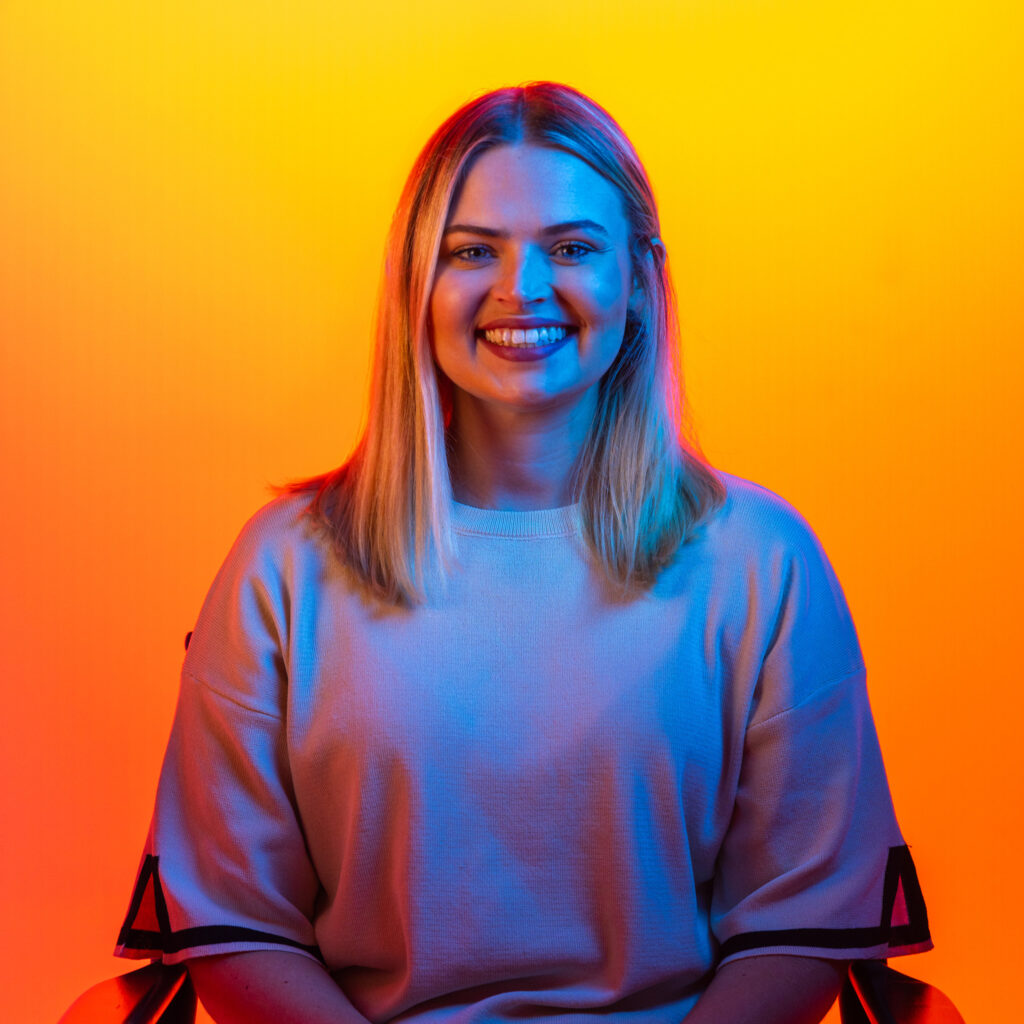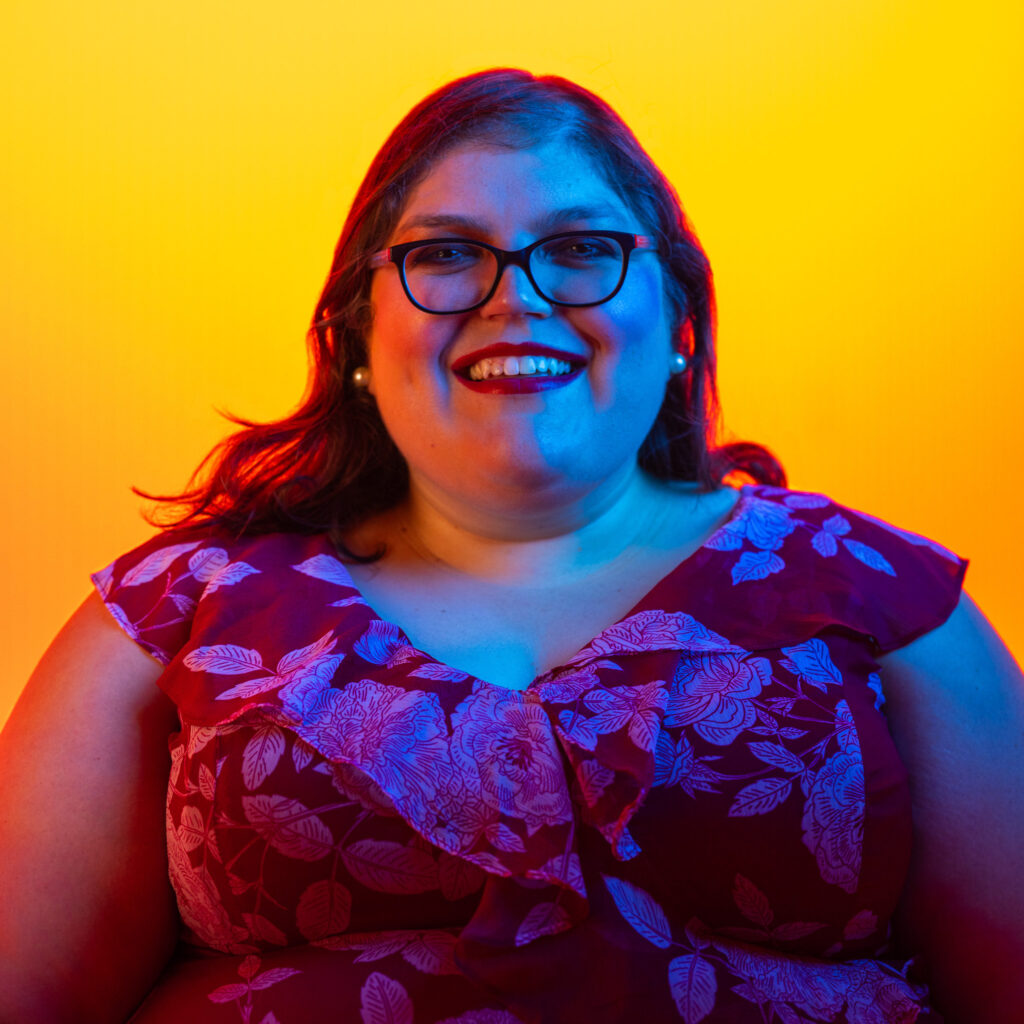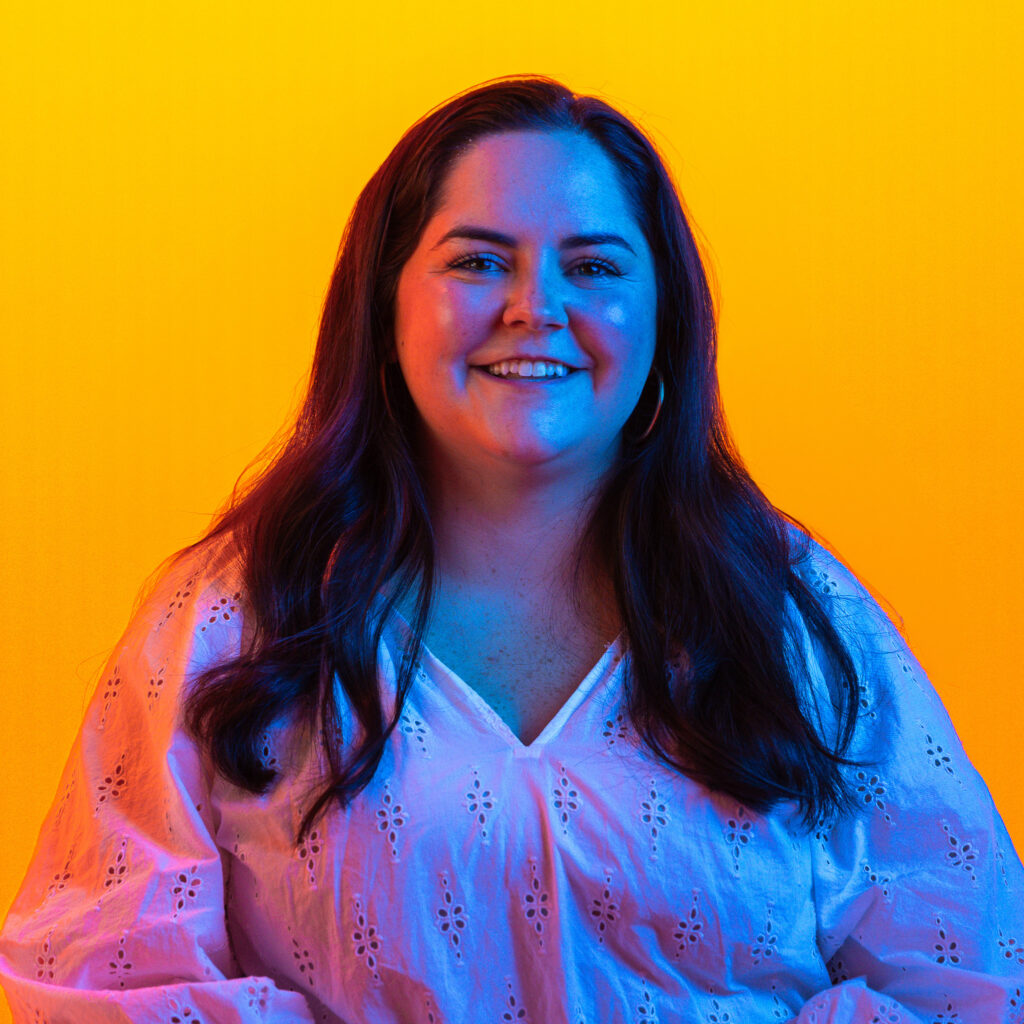A Hitchhiker’s Guide to The New World of Media Buying: 2023 Edition
Feet stretched out, sun streaming down, a monotonous chatter in the background lulling you into a peaceful slumber. No, you’re not on a much-needed beach vacation. You’re in a media buying meeting with your old placement partner.
And they have advertising “all figured out”.
Produce the video creative, buy a thousand points, throw in some streaming and social placements to reach “youths”, report out on video views…. And….fail. Shoot, the ad buy didn’t move the needle.
Must be bad creative. Rinse and repeat.
Sound familiar?
The media buying industry has bent over backwards trying to put advertising into a box: defining “optimal” media allocations, relying on outdated tactics and reporting on vanity metrics that don’t mean anything.
How unfortunate considering the media landscape we find ourselves in. There has never been a more exciting time to be in advertising.
The convergence of unprecedented consumption habits, tectonic platform shifts and emerging technology are changing the game.
A true media fusion, if you will.
So, to help you navigate this new world, we give you the Hitchhiker’s Guide to Media Buying: 2023 Edition.
#1: More is More
Accelerated by the pandemic, media consumption has increased at breakneck speeds with users spending 12 hours a day across traditional and digital media.
Industry commentators love to call out the surge of digital media consumption and stir concern over a decline in traditional media consumption – but the truth of the matter is: consumers are watching more. Lots more.
Attracted by this swell in consumption, advertisers have flocked to traditional and digital mediums alike to reach consumers. And despite a bumpy start to the year for tech giants, global ad spend is on track to surpass $700 billion this year.
With consumption skyrocketing, attention spans shrinking and hundreds upon thousands of advertisers clamoring to reach users at any given time, advertisers are challenged to unearth arbitrage opportunities to outflank the competition with efficient ad placements.
#2: Traditional Media Definitions Are Out The Window.
Gone are the days of neatly defined media buckets. Today, consumers stream the news on their phones, listen to music on smart TV’s and surf e-commerce sites on smart home devices.
Users have never been more connected. And the media landscape has never been more blurred.
On average, consumers flip between four streaming services, and not just on their television screens. Nearly 35 percent of all media is consumed on mobile devices.
Even content targeting is shifting: YouTube TV’s acquisition of NFL’s Sunday ticket is just the latest boundary breaking move in the media space.
Advertisers are left to sift through combinations – like a combination lock without a key – to find the right mix of platform, content and device to connect with their target audience.
There’s so many ways to reach consumers. But how?
#3: America’s New Favorite Pastime? Media Marathoning
The modern media environment is a delightful paradox of media binging and short-form content. Streaming services, like Netflix, Hulu and Amazon, cater to a binge culture where consumers can escape with hours of pre-loaded content. Nearly 70 percent of consumers regularly binge television shows, watching anywhere from three to five episodes in a single sitting.
Even as streaming services capitalize on this consumption habit and roll out new ad-supported packages (s/o Netflix), it doesn’t guarantee advertisers will successfully reach consumers. Why? Because nearly 90 percent of media bingers are scrolling through a second device (i.e. their phone) at the same time.
What are media bingers scrolling through on their second device? Short-form content. Platforms, like Tik Tok and Instagram Reels, have placed short-form content at the forefront of our media consumption, offering a new constant dopamine hit even as users binge.
Users are increasingly contradictory, and distracted, with their consumption habits, pushing advertisers to experiment with their media mixes and leave no stone unturned.
#4: The Search For The Next Best Ad Unit
As publishers compete for advertiser dollars, they’ve invested in creative units that break the mold of traditional video ads. Live sport streaming banners. Paused content takeovers. In-app gaming units. The list goes on.
And the rise of artificial intelligence has only accelerated the creative power of ad units. Machine learning builds creative around consumer behavior (i.e. YouTube Awareness Mix) and crafts custom units based on individual preferences (i.e. Google Dynamic Text and Display Units).
Propelled by this shift, advertisers are getting creative too. You might remember Super Bowl LVI, when cryptocurrency exchange Coinbase played a 30-second ad with no video or narration. Just a QR code flashing on the screen.
And it broke the internet.
Advertisers are faced with endless options (and ideas), raising the demand for creativity to find the right concept with the right unit to reach the right audience.
#5: Personalization? Or Privacy? Both.
Consumers have come to expect personalized advertising experiences, showing them the right ad with the right product at the right time. Unsurprisingly, 90 percent of consumers say they’re more likely to purchase a product from brands that include personalized recommendations or offers.
At the same time, consumers also expect their privacy to be protected, forcing publishers to walk a delicate line between personalization and privacy.
Media giants like Apple, Facebook and Google have taken dramatic steps to protect users’ privacy that simultaneously disrupt “advertising as usual”. Google’s impending cookie targeting sunset is just the next privacy shift on the horizon.
As these two priorities barrel head first towards each other, advertisers find themselves in the middle: delicately balancing conflicting consumer demands in a rapidly shifting environment.
Excited to tackle the new world of Media Buying? Let’s talk.
Sources:
- https://business.adobe.com/blog/basics/personalized-advertising
- https://www.axios.com/2023/08/01/ad-market-optimism-second-half-2023
- https://www.adweek.com/agencies/global-ad-spend-on-the-rise-but-digital-growth-is-slowing/
- https://news.sanfordhealth.org/behavioral-health/2-screens-arent-better-than-1-danger-of-media-multitasking/
- https://blog.gitnux.com/binge-watching-statistics/
- https://www.ranieriandco.com/post/changing-attention-span-and-what-it-means-for-content-in-2021
- https://www.curemedia.com/media-consumption-trends/
- https://www.oberlo.com/statistics/us-media-consumption

















